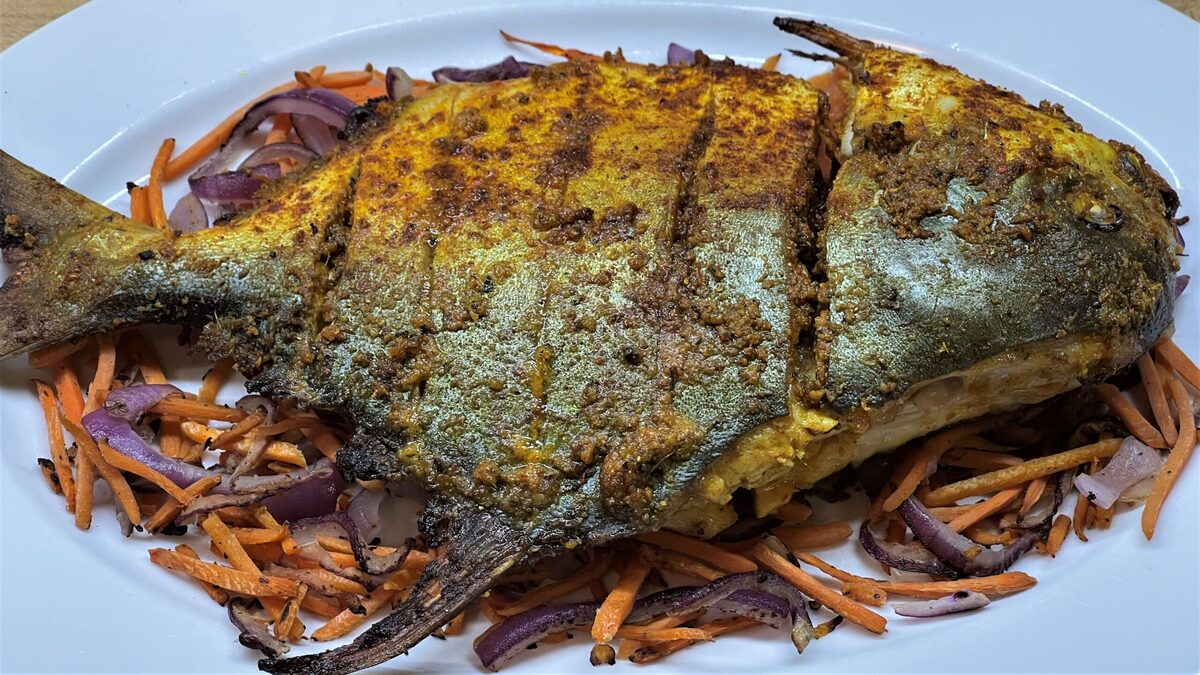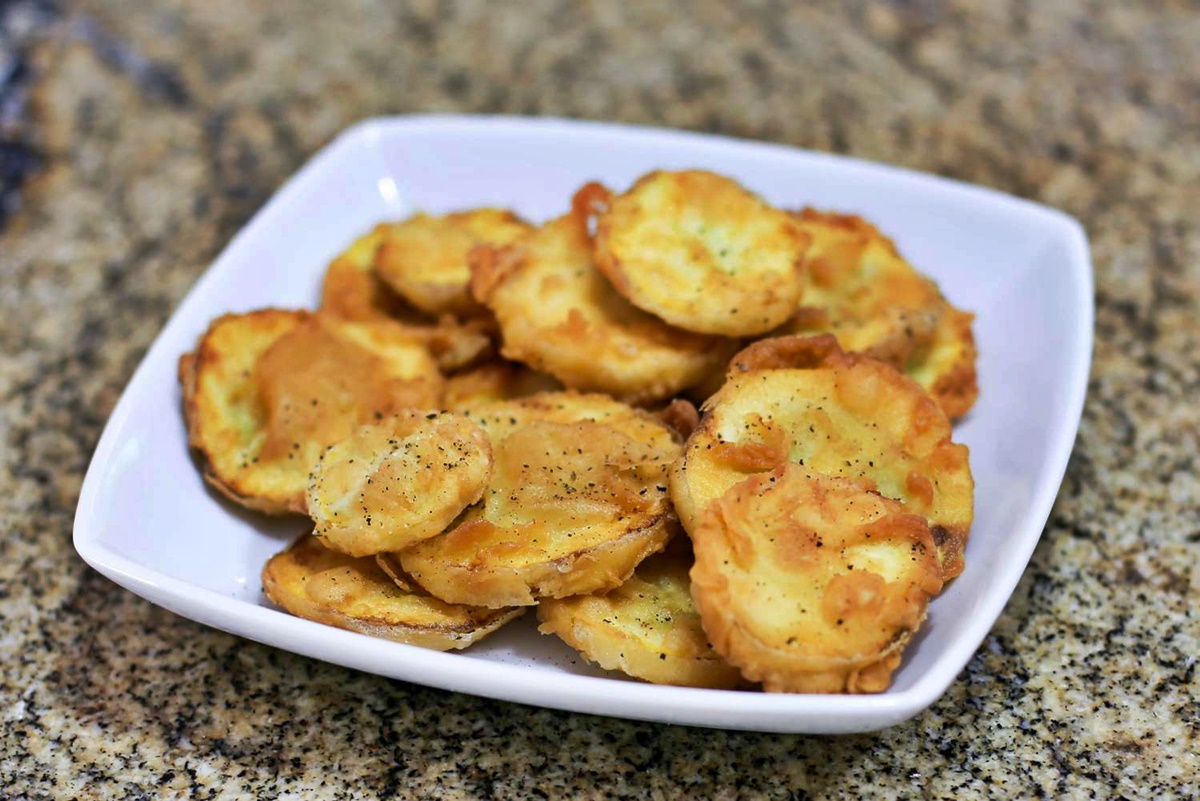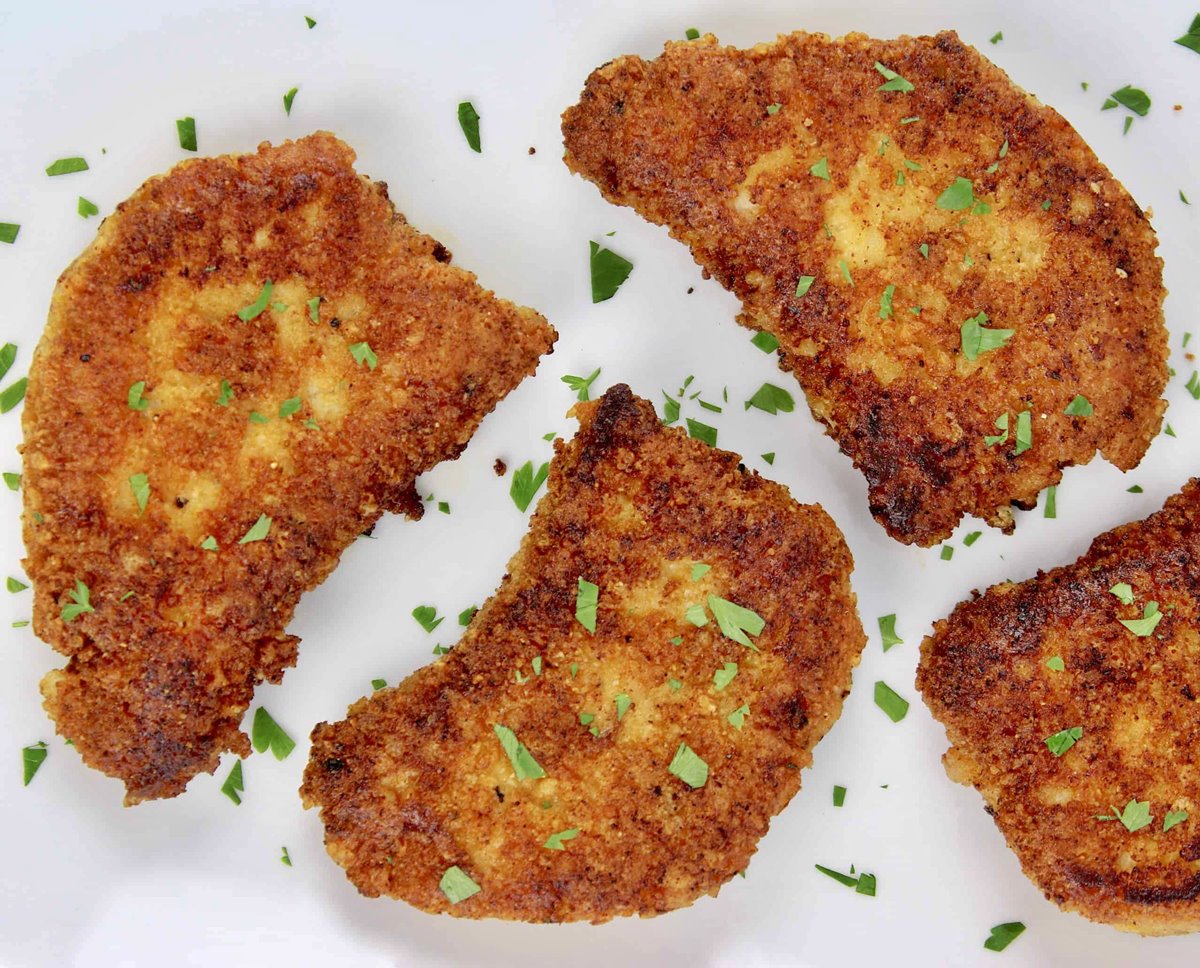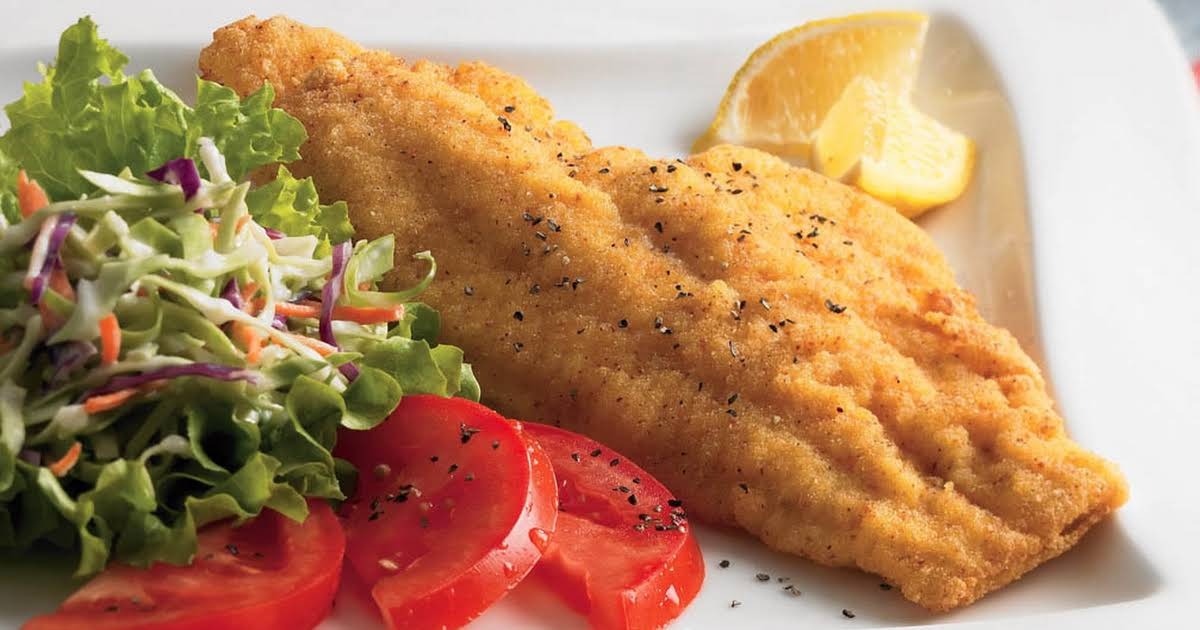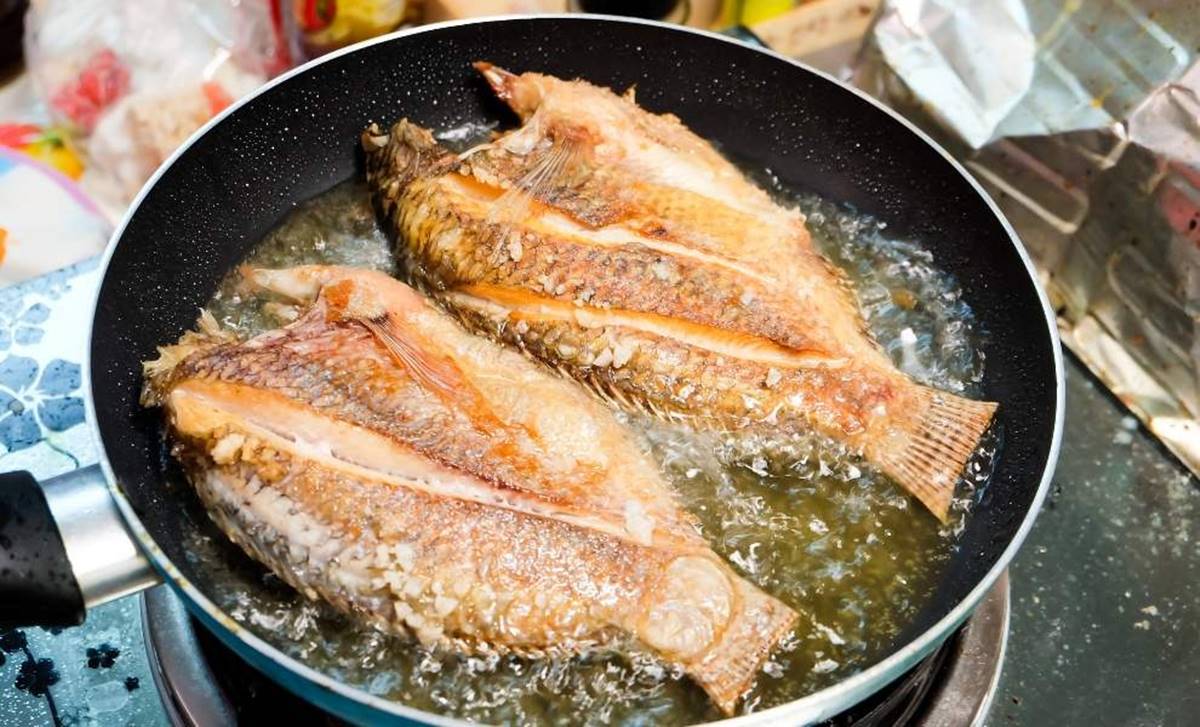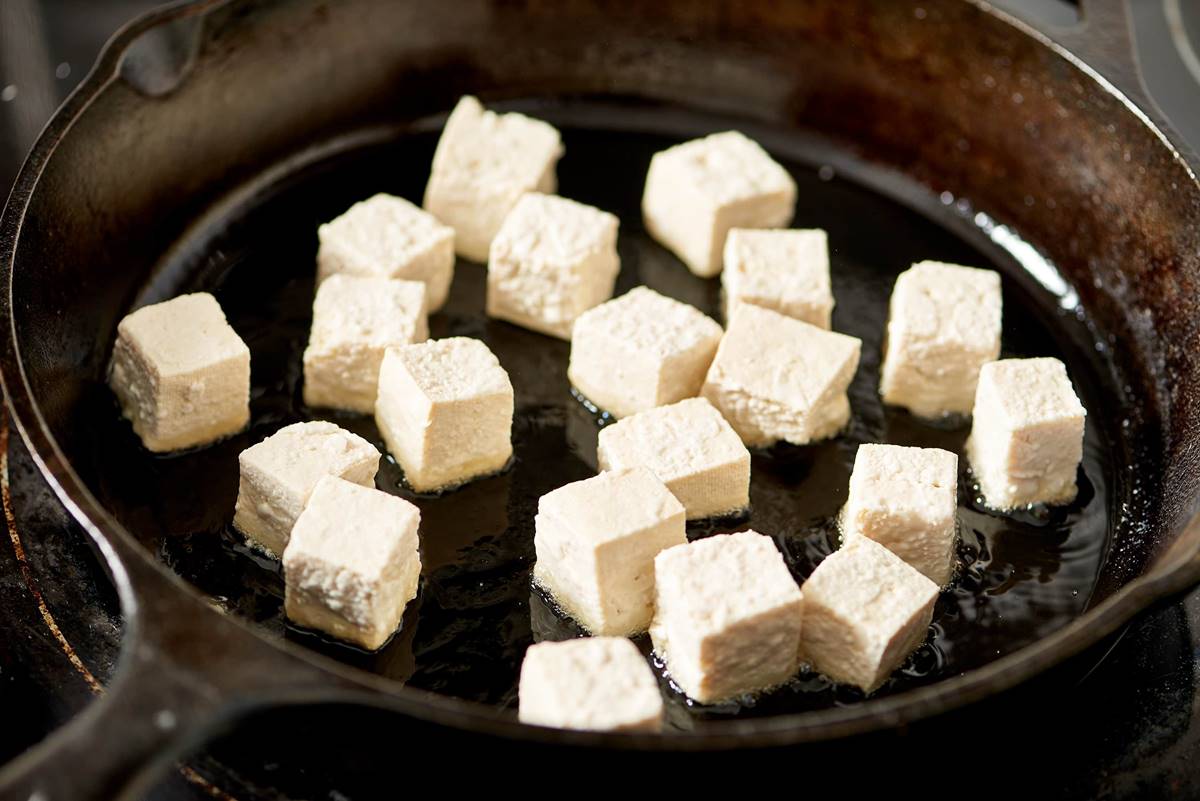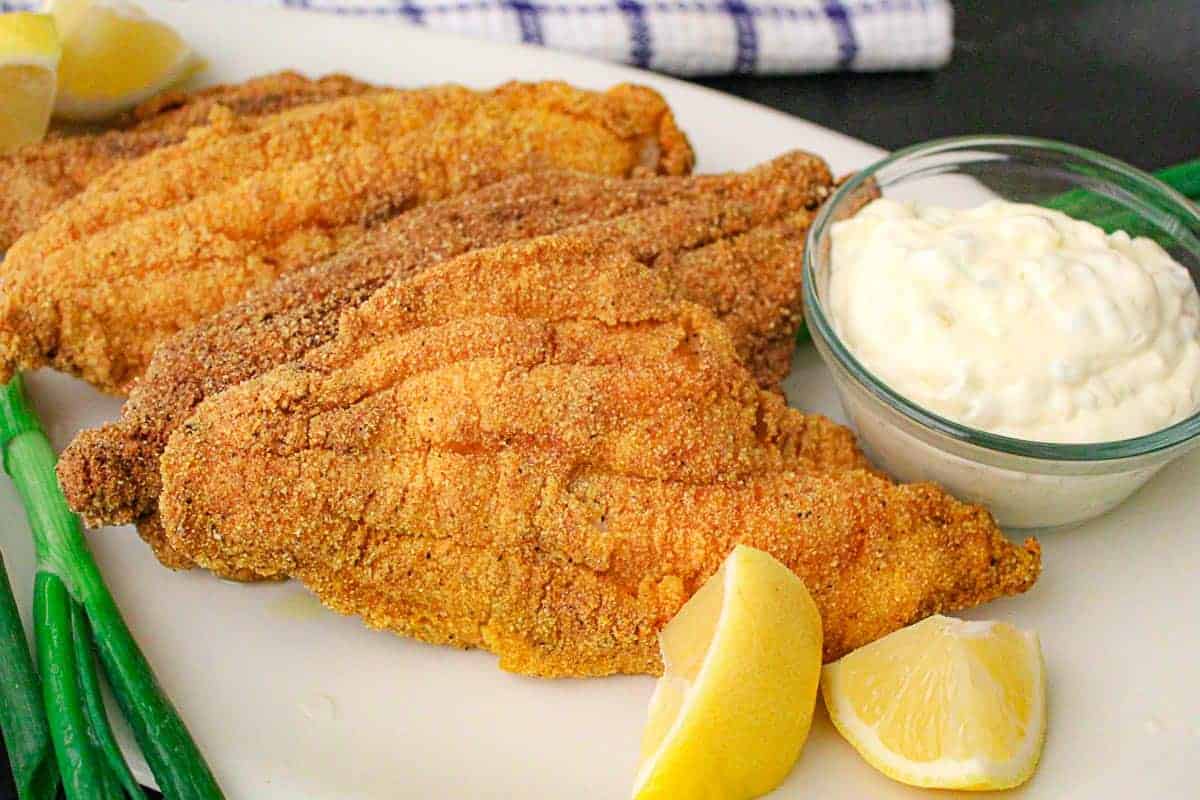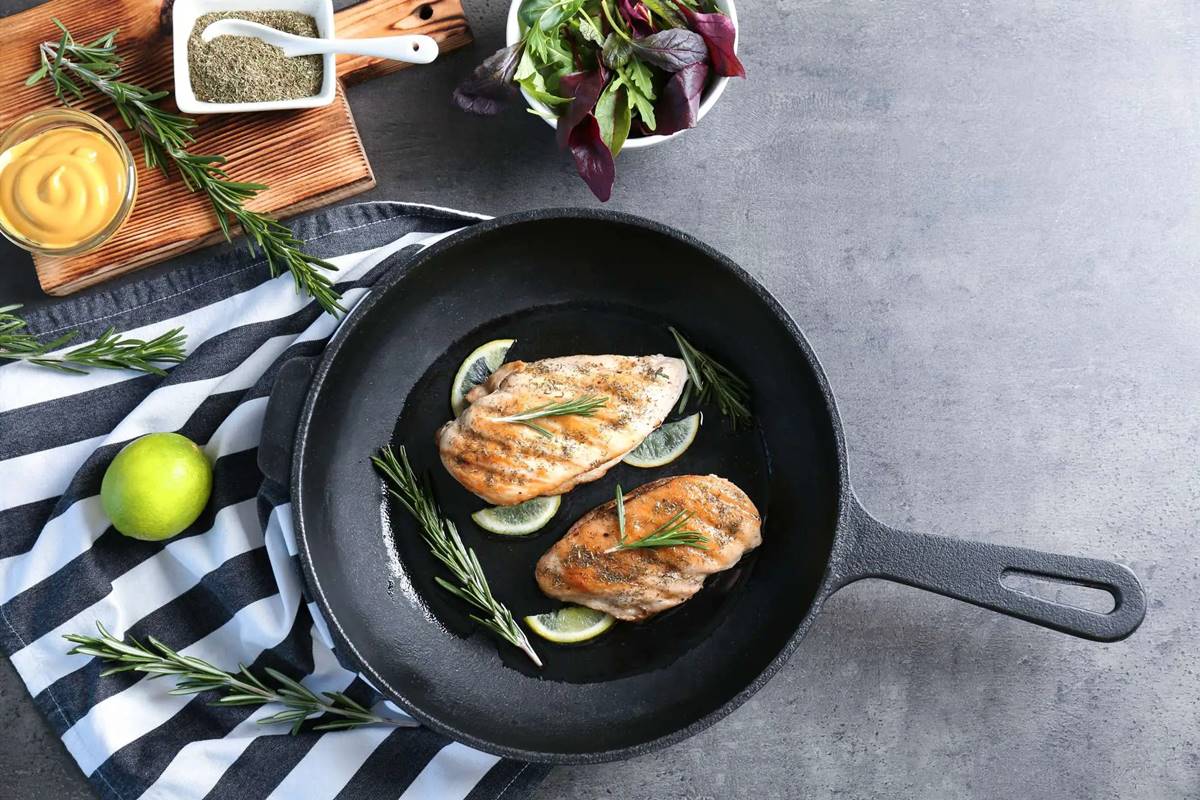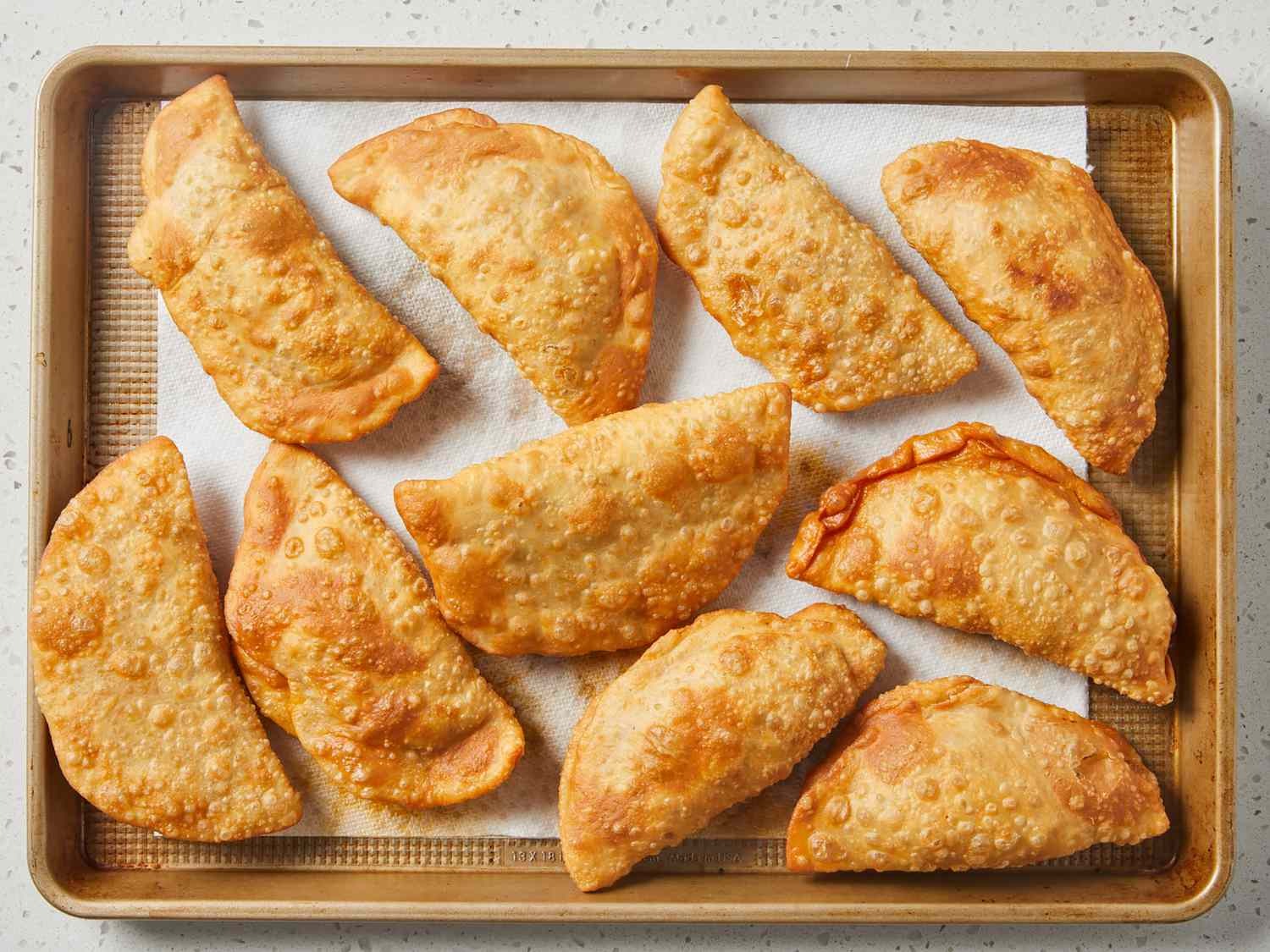How To Fry Fish In Cast Iron Skillet
There’s something magical about the combination of a cast iron skillet and perfectly fried fish. The crispy exterior, the tender inside, and the mouthwatering flavor make it a favorite dish for seafood lovers. If you’ve always wanted to achieve that restaurant-quality fried fish at home, look no further. We’ve got you covered with a step-by-step guide on how to fry fish in a cast iron skillet.
What You’ll Need:
- 1 pound of your favorite fish fillets (such as cod, tilapia, or catfish)
- 1 cup all-purpose flour
- 1 teaspoon salt
- 1/2 teaspoon black pepper
- 1/2 teaspoon paprika
- 1/4 teaspoon cayenne pepper (optional for added heat)
- 2 eggs
- 1/4 cup milk
- Vegetable oil for frying
- A cast iron skillet
Step-by-Step Guide:
Step 1: Prepare your fish fillets by patting them dry with paper towels. This will help the coating adhere better to the fish.
Step 2: In a shallow bowl or plate, combine the flour, salt, black pepper, paprika, and cayenne pepper (if desired). Mix well to ensure even distribution of the spices.
Step 3: In a separate bowl, whisk together the eggs and milk until well combined. This will serve as the wet mixture for the coating.
Step 4: Dip each fish fillet into the egg mixture, making sure it is fully coated. Then, dredge it in the flour mixture, pressing gently to ensure the coating sticks to the fish.
Step 5: Place the cast iron skillet on the stovetop over medium-high heat. Add enough vegetable oil to cover the bottom of the skillet, about 1/4 inch deep. Allow the oil to heat up for a few minutes until it reaches around 350°F (175°C).
Step 6: Carefully place the coated fish fillets into the hot oil, being careful not to overcrowd the skillet. Fry them for about 3-4 minutes on each side or until they turn golden brown. Adjust the cooking time based on the thickness of your fish fillets.
Step 7: Once the fish is cooked to perfection, use a slotted spatula or tongs to carefully remove them from the skillet and place them on a paper towel-lined plate. This will help absorb any excess oil.
Step 8: Serve your deliciously crispy fried fish immediately with a side of tartar sauce, lemon wedges, and your favorite sides such as coleslaw or french fries.
With these simple steps, you can now fry fish in a cast iron skillet like a pro. The cast iron skillet provides even heat distribution and retains heat well, resulting in a perfectly fried fish with a delightful crunch. So, gather your ingredients, get your cast iron skillet ready, and enjoy a restaurant-quality meal right in the comfort of your own home.
Happy frying!
Explore More Delicious Recipes and Uses for Your Cast Iron Skillet
Now that you've mastered the art of frying fish in a cast iron skillet, a variety of recipes await your culinary touch. For a taste of the South, the Classic Southern Fried Catfish is a must-try, offering a crispy, flavorful delight that pairs perfectly with a homemade tartar sauce. If you're in the mood for something with a bit more zest, the Spicy Fried Tilapia with Lime and Cilantro provides a refreshing kick, ideal for those who enjoy a burst of flavor. For a family-friendly meal, you might want to consider the Beer-Battered Fish and Chips, a classic dish that brings the pub experience right to your dining table. Each of these recipes will allow you to apply your frying skills while delivering mouth-watering results that are sure to impress.
Was this page helpful?
Read Next: How To Fry Fish Without Egg
